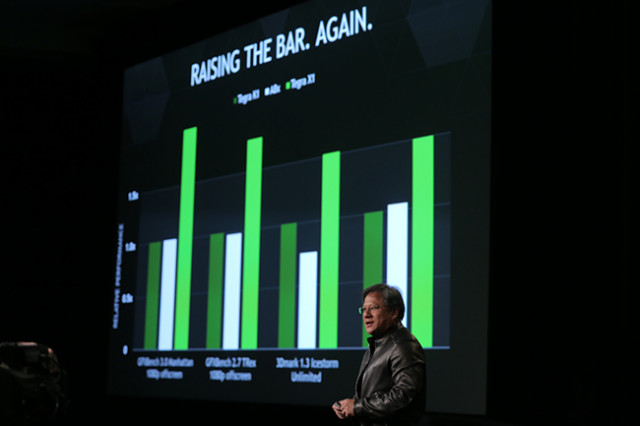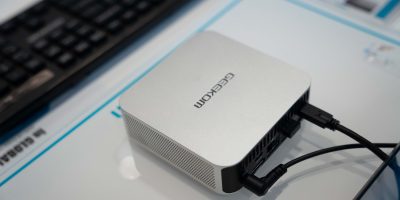
NVIDIA kicked off CES 2015 with the announcement of their latest mobile processing platform, the Tegra X1 chipset. The followup to NVIDIA’s K1 SoC, the Tegra X1 (TX1) utilizes Maxwell GPUs to offer two times the performance of the currently available Kepler technology.
Maxwell architecture initially debuted for NVIDIA’s desktop-grade products, but with the TX1 it will reach mobile, bringing along 256 GPU cores and a 64-bit CPU featuring eight cores. It’s what NVIDIA CEO Jen-Hsun Huang calls a “mobile super chip.”
Maxwell architecture offers a high level of processing efficiency, consuming a fraction of the wattage of what we expect from current next-gen gaming consoles. An Unreal Engine demo that consumed 100 watts on those consoles uses only 10 watts on Tegra’s X1 chipset. NVIDIA is promising a chip that runs on only a tenth of the power of Intel’s Core i7 while matching the performance of high-end PCs and consoles.
So when can we expect to see the X1 in Android devices? Right now, NVIDIA seems focused in building their latest mobile chip into smart systems designed to not only power car infotainment, but also advanced driver assistance systems utilizing high definition camera sensors. But this is NVIDIA after all, and they never miss an opportunity to showcase their latest advances in processing power. We imagine an X1-based SHIELD device is definitely in the works.








“NVIDIA is promising a chip that runs on only a tenth of the power of Intel’s Core i7 while matching the performance of high-end PCs and consoles.”
Yeah, because it’s just that easy to beat Intel in performance and power efficiency. What a totally disingenuous statement. Setting aside the power efficiency claim, I can’t wait to see an Nvidia ARM chip try to live up to the claim of matching the performance of a high end PC.
Don’t get me wrong, I love to see performance and efficiency improvements in ARM SOCs, but don’t try and sell me this marketing BS.
Graphics wise, yeah. Intel is notoriously bad. But for general processing, things like the atom and even the i7’s are amazing at power usage for what they can do.
There’s just no way you can compare a phone processor to a rig using 1000 watts to dish out a 4K image real time.